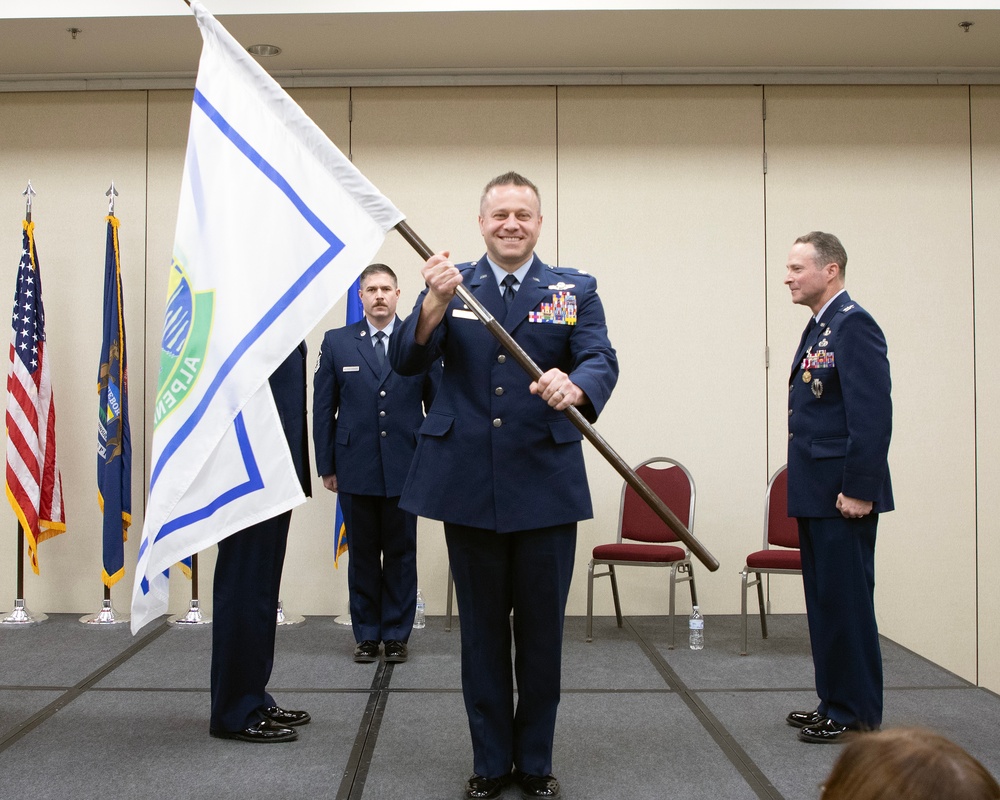Space Force eyes its own version of the metaverse
A metaverse that lets guardians go to space virtually is especially appealing to the Space Force because its members don’t get to go in real life
HERNDON, Va. — The Space Force should take advantage of the industry’s massive investments in immersive digital technology and develop a virtual environment for guardians, said Lisa Costa, the service’s chief technology and innovation officer.
“We could create our own version of the metaverse,” Costa said Feb. 10 at the AFCEA Space Force IT conference.
The metaverse is a growing buzzword in the tech world used to describe an interactive 3D virtual environment. “There’s a lot of hype associated with the term metaverse,” she said. “But on the other hand, a lot of money is going into this idea” to it’s worth looking at ways the Space Force can tap into this investment.
In a military metaverse, service members could collaborate, train and conduct any number of activities, Costa said. She noted that 86% of U.S. airmen and guardians from the ages of 18 to 34 view themselves as gamers. “How do we take advantage of those skills?”
Businesses are jumping on this bandwagon, developing realistic, physically accurate digital twins that simulate natural environments or industrial operations.
A metaverse is especially appealing to the Space Force because guardians normally rely on digital representations of the space domain to do their jobs, Costa said. While sailors go to sea to learn naval warfare and soldiers go to the field for combat drills, guardians don’t get to go to space unless they become NASA astronauts.
“The only way they experience their domain of operations is with a display of visual data,” she said. A virtual reality environment would provide them “situational awareness and understanding what their options are so they can make decisions.”
The technologies that make up the metaverse include virtual reality as well as augmented reality that combines the digital and physical worlds. Costa said Space Force guardians could digitally engineer satellites, for example, and develop new capabilities for space operations. “And that’s kind of the vision for where we want to go next,” she said. “Training our guardians and taking advantage of the investments that industry is making.”
Costa said all the military services could benefit from this technology and the Space Force, due to its small size, could test it out and see if it can be scaled up for use across the U.S. military.

![DVIDS – Images – McConnell fuels team proves multicapable [Image 2 of 5] DVIDS – Images – McConnell fuels team proves multicapable [Image 2 of 5]](https://101veterans.com/wp-content/uploads/2025/12/1765731759_1000w_q95.jpg)

![DVIDS – Images – SW Visits Huntsville Defense Facilities, Unveils USSPACECOM Sign [Image 24 of 30] DVIDS – Images – SW Visits Huntsville Defense Facilities, Unveils USSPACECOM Sign [Image 24 of 30]](https://101veterans.com/wp-content/uploads/2025/12/1765645116_1000w_q95.jpg)